How British wildlife greeted the warmest winter on record
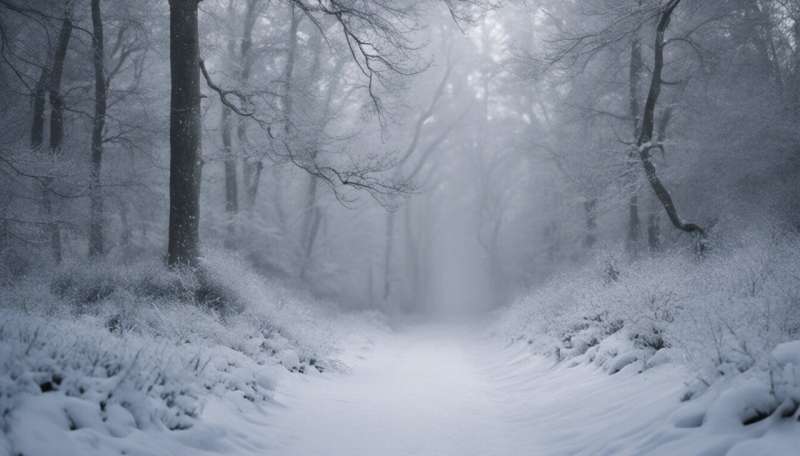
Written on the final, frozen day of 1900, Thomas Hardy's poem The Darkling Thrush describes a harsh, ice-blasted landscape devoid of life. Hardy's depiction of a time "when frost was spectre-gray" evokes a winter that is beginning to exist only in memory.
The winter of 2019-2020 was fundamentally different from anything experienced in the northern hemisphere over a century ago. With its record warmth and heavy rain, this winter was fundamentally different to those of only a decade ago.
The extremes of this winter, if a one-off event, would have a small effect on wildlife in the long term. But such weather isn't a single event. It characterises what is likely to be the norm for future British winters. It's the winter that climate change science has long been predicting, where frost is a rarity and regular storms bring abundant rain. These are winters that we need to become familiar with and one that is already changing British wildlife.
Confusion for plants
Plants have evolved a variety of approaches for coping with the rigours of a cold British winter. Grasses typically ride it out above ground and simply tick over. This is why lawns stay green over winter but don't need cutting. These plants will benefit from the changed climate. You might even find that your lawn starts to need a winter cut.
For some plants, the recent winter never got cold enough to stop flowering. The 2020 New Year Plant Hunt organised by the Botanical Society of Britain and Ireland found a high number of autumn flowering species that had simply carried on flowering into the new year. Other winners are the rushes. Like grasses, they maintain their above ground form and can thrive in waterlogged soils. The biblical deluges of February 2020 will have been no problem for them.
An alternative strategy taken by many plants is to let leaves die back and spend winter below the ground as seeds or bulbs. Bulb plants respond to the onset of warmth with rapid growth—the extensive early carpets of wild garlic leaves are testament to this.
But it isn't good news for all plants. Those that spend winter as seeds usually need some cold treatment to trigger germination. The relative warmth may mean that this cue was absent, ensuring some plants fail to sprout in spring. Those that do germinate may find their seedlings crowded out by plants that survived winter above ground and are already flourishing.
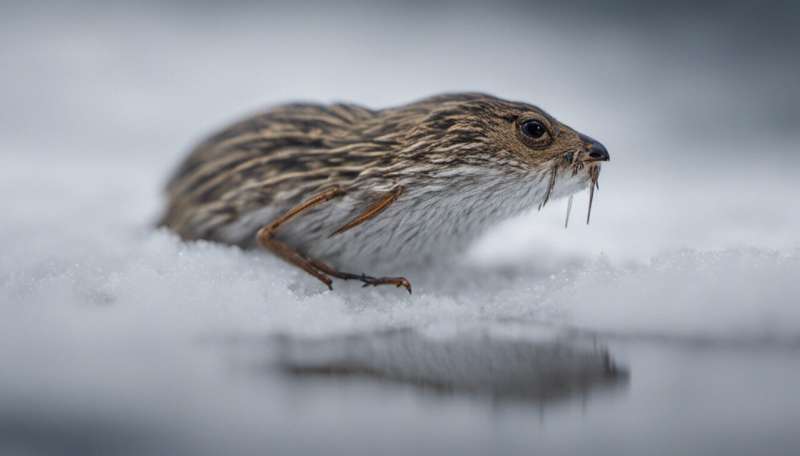
Plants on high ground also rely on the cold. These are some of Britain's rarest species, including Snowdon lily and purple saxifrage. They've evolved to tolerate cold, usually through releasing a type of anti-freeze in their leaves. This comes at a cost to their metabolism, slowing their development. In times of extreme cold, this cost is justified as they survive while competitors don't. In warmer winters, the faster growing competitors are at an advantage. My own research into upland meadows, one of Britain's rarest and most biodiverse habitats, has shown significant losses of cold adapted species like lady's mantle.
The recent winter weather fulfilled another scientific prediction—increasingly fierce and frequent storms will open opportunities for new species to colonise. Storm surges and winds have battered sand dunes and salt marshes in recent years. Some of the gaps they've created in salt marshes have been filled by one of Britain's newest species, salt marsh sedge (Carex salina). First recorded from a single remote Scottish site in 2004, it's now common on a handful of other sites across Scotland and it's likely to spread further in the future.
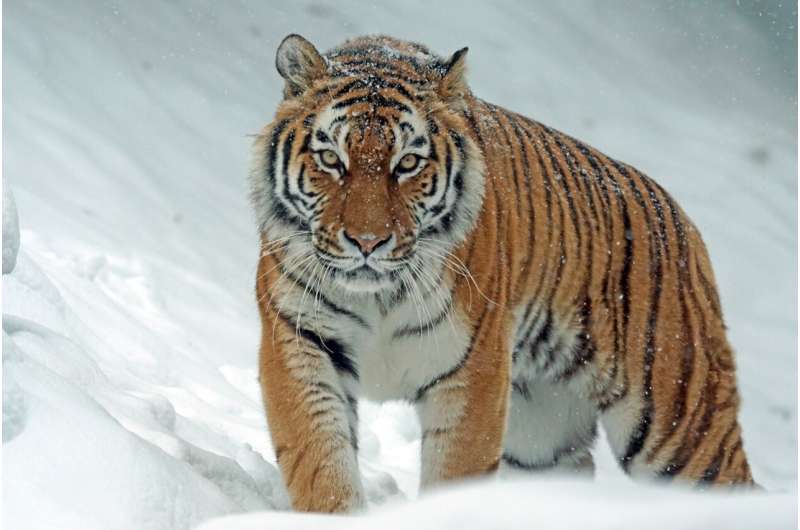
A rude awakening for animals
The method by which plants have adapted to endure winter is likely to determine how successful they are in the future. The same is true for animals. Many soil invertebrates, such as earthworms, will benefit from milder weather and multiply, no longer struggling through frozen soil. This in turn will benefit the animals that are active all year round and feed on these, such as badgers and resident birds, like the blackbird. That's providing the rain abates long enough to allow the birds to feed.
Many animals reduce their activity in winter as their metabolism slows down. This allows fat reserves accrued in summer and autumn to be drawn upon slowly. A rise in temperature for cold blooded animals, such as insects, means that their metabolic rates increase and their fat reserves deplete quicker—potentially meaning some cannot last the winter. For insects such as butterflies, wasps and bees, warmer wetter winters may make them more prone to fungal attack.
-
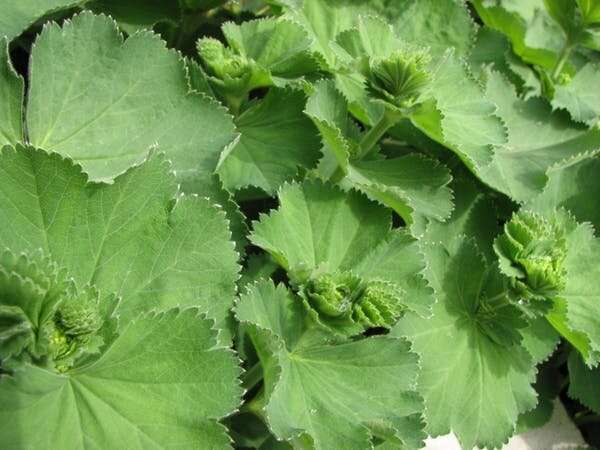
As the name suggests, the ruffled leaves of lady’s mantle brace the plant against the cold. Credit: Jina Lee/Wikipedia, CC BY-SA -
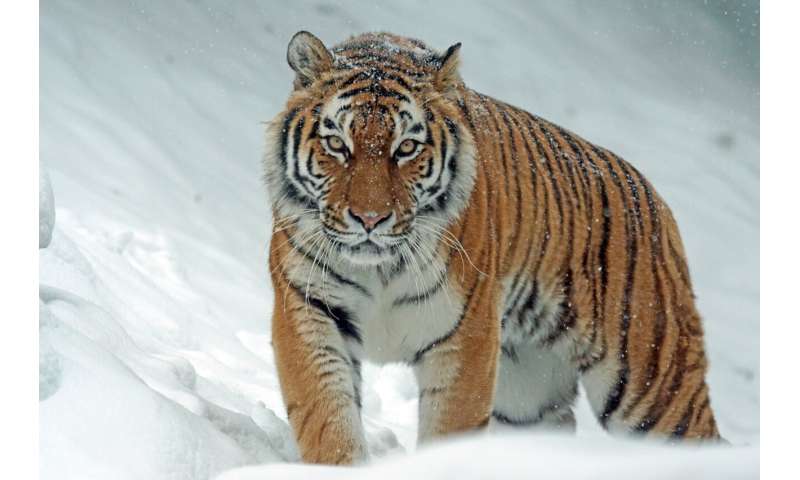
Credit: Pixabay from Pexels -
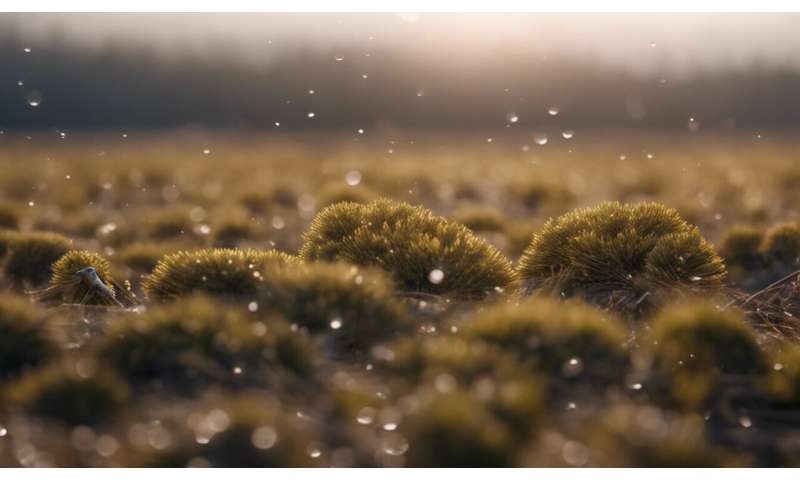
Credit: AI-generated image (disclaimer)
Few British mammals undergo true hibernation in the way that bears do. Multiple sightings across Russia, Finland and the US suggest that many bears emerged to what they thought was spring in February—a month earlier than usual.
Some British mammals, such as bats and hedgehogs, slow down their metabolism and only become active again if temperatures rise above a critical point. Typically this temperature rise occurs in spring and is a sign that winter is ending. But when these carnivorous mammals emerge in winter, it's likely to be when their insect prey is absent, risking their precious fat reserves and potentially causing starvation.
Even for those species which do undergo true hibernation, such as dormice, the unseasonable warmth sees this come to a premature end.
While Hardy's poem maintains its power in the "joy illimited" of the thrush's song, should he be writing it today, it would describe a land decidedly warmer, wetter and greener than any he'd recognise.
Provided by The Conversation
This article is republished from The Conversation under a Creative Commons license. Read the original article.![]()



















